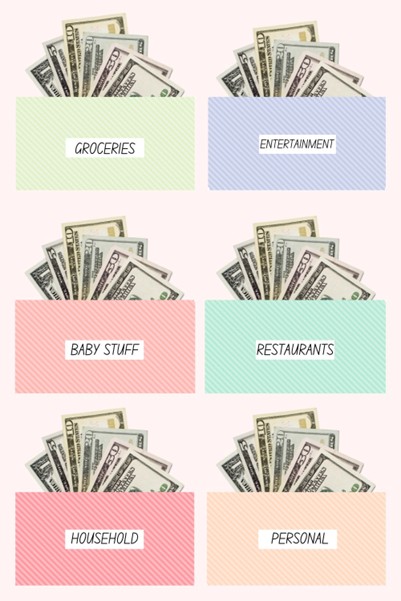In this new blog series, our very own Jef from Sales and Ian, our Solutions Architect, better known as Thelma & Louise, take you along on their retail road trips. They meet shop owners, managers, and cashiers, listen to challenges,...
Continue Reading

On the Road with Thelma & Louise (ep. 2)











